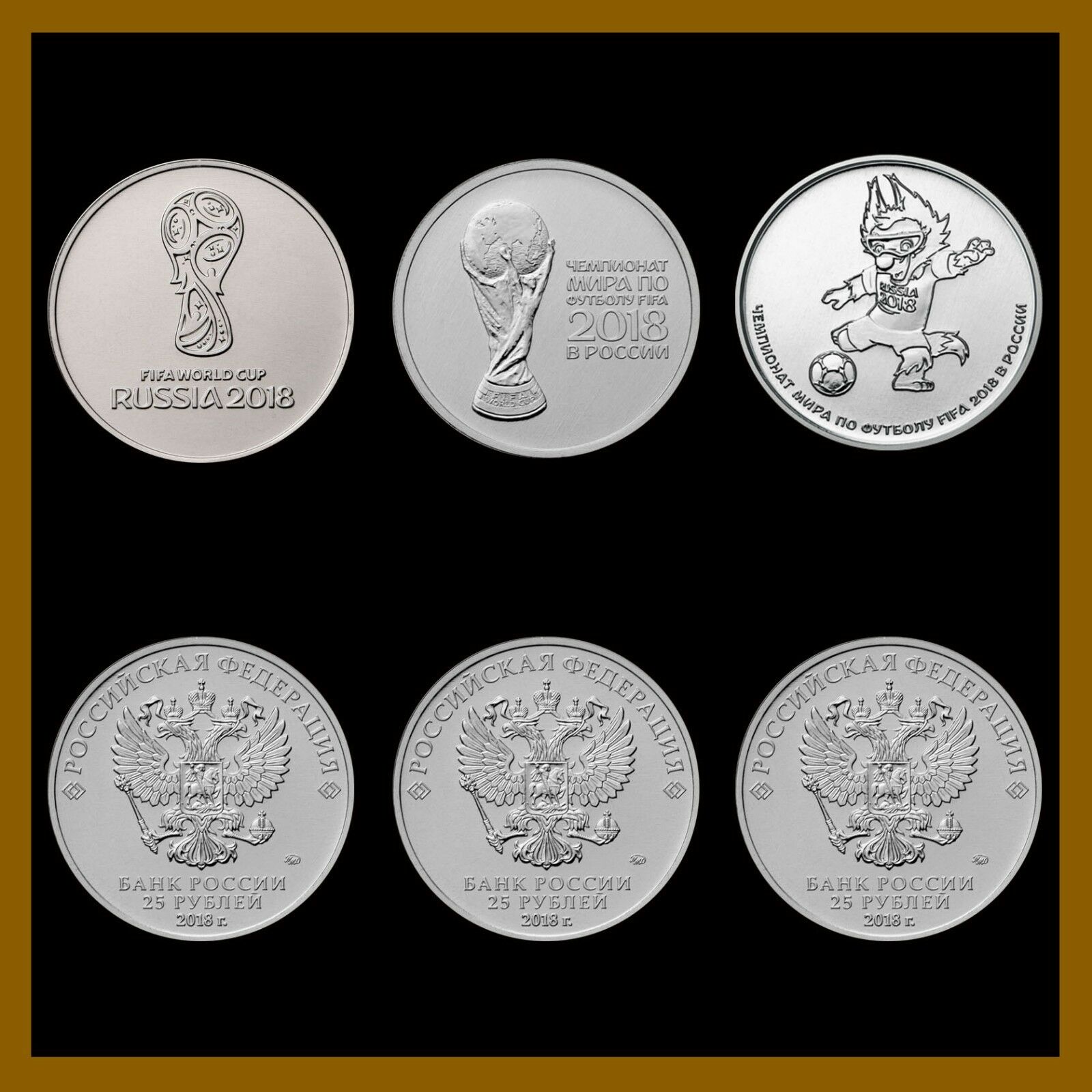-40%
set of 12 coins 10 rubles "Railway trains of Russia" legendary locomotives unc.
$ 21.12
- Description
- Size Guide
Description
set of 12 coins 10 rubles "Railway trains of Russia"legendary locomotives unc.
Limited edition UNC
Coin diameter 27 mm
Description of coins with Locomotives;
1) Coin 10 rubles with an image of the Locomotive
- TEP60 (electric locomotive, passenger, 60-series) - passenger six-axle diesel locomotive with DC electric transmission
2) Coin 10 rubles with an image of the Locomotive
- 2TE10L (2-section TE10 Luhansk modification) - Soviet mainline cargo locomotive with a capacity of 2×3000 HP, produced by the Lugansk locomotive plant from October 1961 to 1977.
3) Coin 10 rubles with an image of the Locomotive -
The VL19 (Cyrillic script: ВЛ19) was the first class of electric locomotives designed in the Soviet Union.
4) Coin 10 rubles with an image of the Locomotive -
The VL80 (ru: ВЛ80) is a Soviet (and later Russian) built electric AC mainline freight locomotive. The initials VL are those of Vladimir Lenin (ru: Владимир Ленин), after whom the class is named.
5) Coin 10 rubles with an image of the Locomotive -
The TE1 (electric transmission locomotive, 1st model) - a Soviet six-axle freight and passenger locomotive with a capacity of 1000 HP, produced from 1947 to 1950 on.
6) Coin 10 rubles with an image of the Locomotive -
The TE2 (Cyrillic script: ТЭ2) is a class of Soviet diesel-electric locomotives built by Malyshev Factory in Ukraine from 1948 to 1955. It is nominally a two-unit version of class TE1 (ТЭ1) but is very different in appearance. While the TE1 is a Co-Co hood unit, the TE2 is a Bo-Bo+Bo-Bo cab unit
7) Coin 10 rubles with an image of the Locomotive -
The ТE3 (Russian: ТЭ3) is a Soviet diesel-electric locomotive, built in Russia and Ukraine to 1520 mm gauge. It is a two-unit
8) Coin 10 rubles with an image of the Locomotive -
Co’Co’+Co’Co’ machine. Total diesel power is 2,940 kW (3,940 hp; 4,000 PS). They were built from 1953 to 1973.
The ČKD ČME3 is a six axle road-switcher diesel-electric locomotive with electric transmission built by ČKD. The class were used primarily for shunting and mainline duties. Units have been operated by Russia, Belarus, Ukraine (as class ЧМЭ3, transliteration ChME3) and other ex-Soviet bloc countries, in Czechoslovakia (as class T669, later as ŽSR 770 and ČD 770 in Slovakia and the Czech Republic), on industrial railways in Poland (S200), in Albania (HSH T669.1), Iraq (DES 3101), Syria (LDE 1500) and in India (DEC 120).
9) Coin 10 rubles with an image of the Locomotive -
The ChS2 Russian: ЧС2 is an electric mainline DC passenger locomotive used in Russia and Ukraine. It was manufactured by Škoda Works in Czechoslovakia.
10) Coin 10 rubles with an image of the Locomotive -
The ChS4 (Czech: ČS4, Russian: ЧС4) is an electric mainline AC passenger locomotive used in Russia, Belarus, and Ukraine.
11) Coin 10 rubles with an image of the Locomotive -
CHS4T (Czechoslovak production, type 4, equipped with a rheostat brake; factory designations of the type — from 62E0 to 62E10) — passenger single-section six-axle AC electric locomotive, produced by the Czechoslovak factory Škoda in 1971 (prototype) and from 1973 to 1986 (serial production) for the Soviet Railways.
12) Coin 10 rubles with an image of the Locomotive -
The ER2 electric trainset is a DC electric multiple unit which was in production by the Railroad Machinery Plants of Riga (in consortium with the Electrical Machinery Plants of Riga and the Railroad Machinery Plants of Kalinin) from June 1962 to mid-1984. It was essentially an improvement of the ER1 design, featuring footboards for low platforms, and aprons for high platforms, as well as improved electrical equipment and minor changes to the bodywork (specifically, the engineer's cab, side walls, headstocks, and door mountings). Since the mid-1960s, the ER2 has been the most widely used type of suburban train in the Soviet Union and its successor states.
Shipping: 5$ (via Registered Airmail with tracking number)
I do combined delivery




















